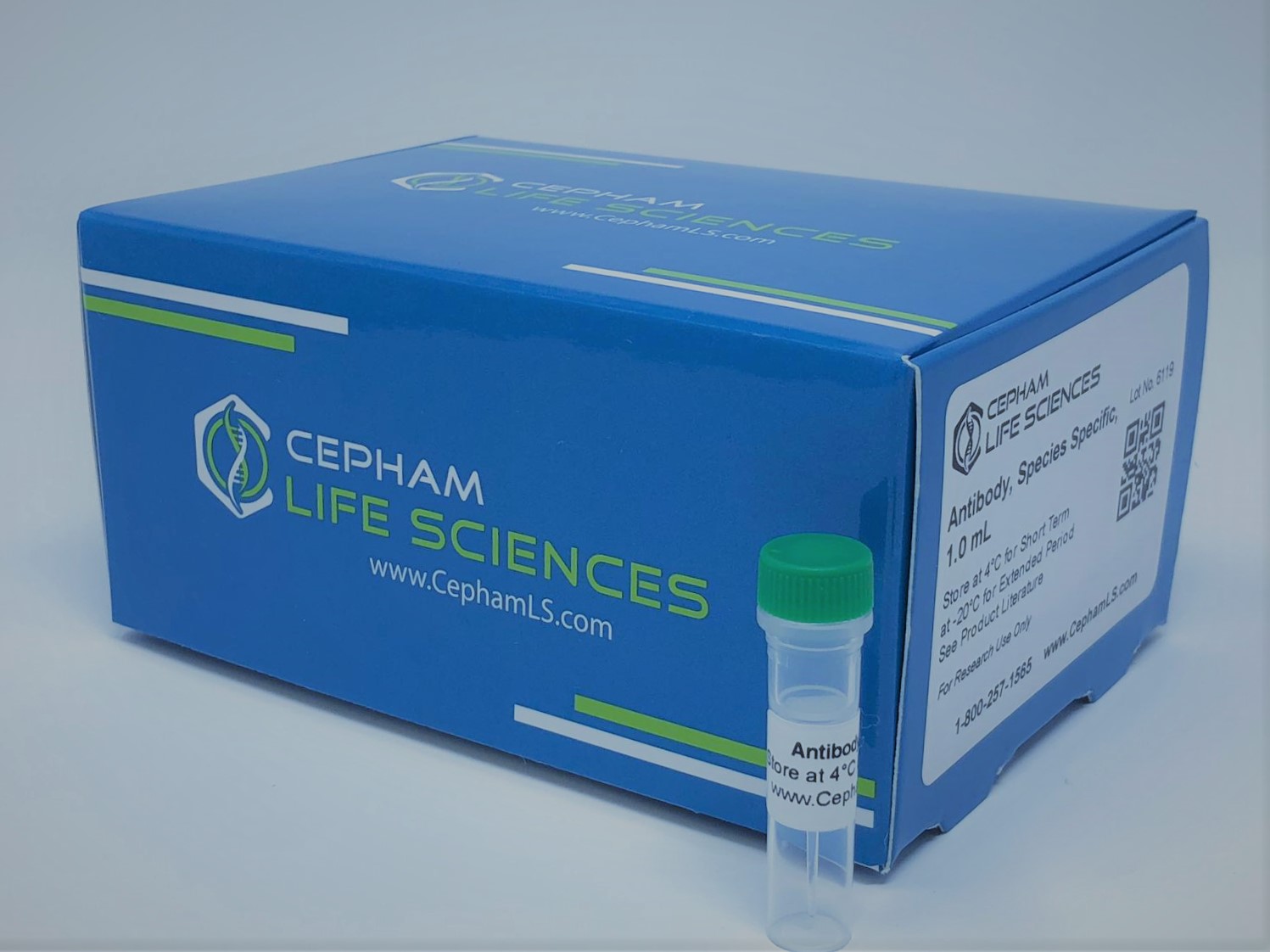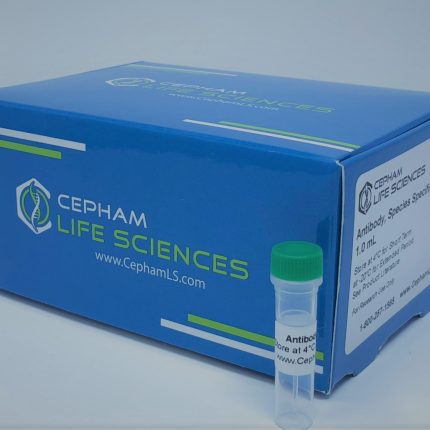Aliases
4EBP1; P/OKCL.6; P/OKCL.6; PHAS-I;
Antibody Type
Polyclonal Antibody
Uniprot ID
Swiss-Prot#: Q13541;
NCBI Gene#: 1978;
N
Immunogen
Peptide sequence around phosphorylation site of threonine70 (T-K-T(p)-P-P) derived from Human 4E-BP1.
Raised In
Rabbit
Species Reactivity
Human
Tested Applications
IHC Recommended dilution: Immunohistochemistry: 1:50~1:100
Background / Function
4E-BP1 encodes one member of a family of translation repressor proteins. The protein directly interacts with eukaryotic translation initiation factor 4E (eIF4E), which is a limiting component of the multisubunit complex that recruits 40S ribosomal subunits to the 5′ end of mRNAs. Interaction of this protein with eIF4E inhibits complex assembly and represses translation. This protein is phosphorylated in response to various signals including UV irradiation and insulin signaling, resulting in its dissociation from eIF4E and activation of mRNA translation.Pause A., Nature 371:762-767(1994).Gevaert K., Nat. Biotechnol. 21:566-569(2003).Haghighat A., EMBO J. 14:5701-5709(1995).
Conjugate
Unconjugated
Storage Buffer
Rabbit IgG in phosphate buffered saline (without Mg2+ and Ca2+), pH 7.4, 150mM NaCl, 0.02% sodium azide and 50% glycerol.
Form
liquid
Storage
Shipped at 4°C. Upon delivery aliquot and store at -20°C or -80°C. Avoid repeated freeze.
Purity
Antibodies were produced by immunizing rabbits with synthetic phosphopeptide and KLH conjugates. Antibodies were purified by affinity-chromatography using epitope-specific phosphopeptide. Non-phospho specific antibodies were removed by chromatogramphy using non-phosphopeptide.
Modification
Phospho-Thr70







